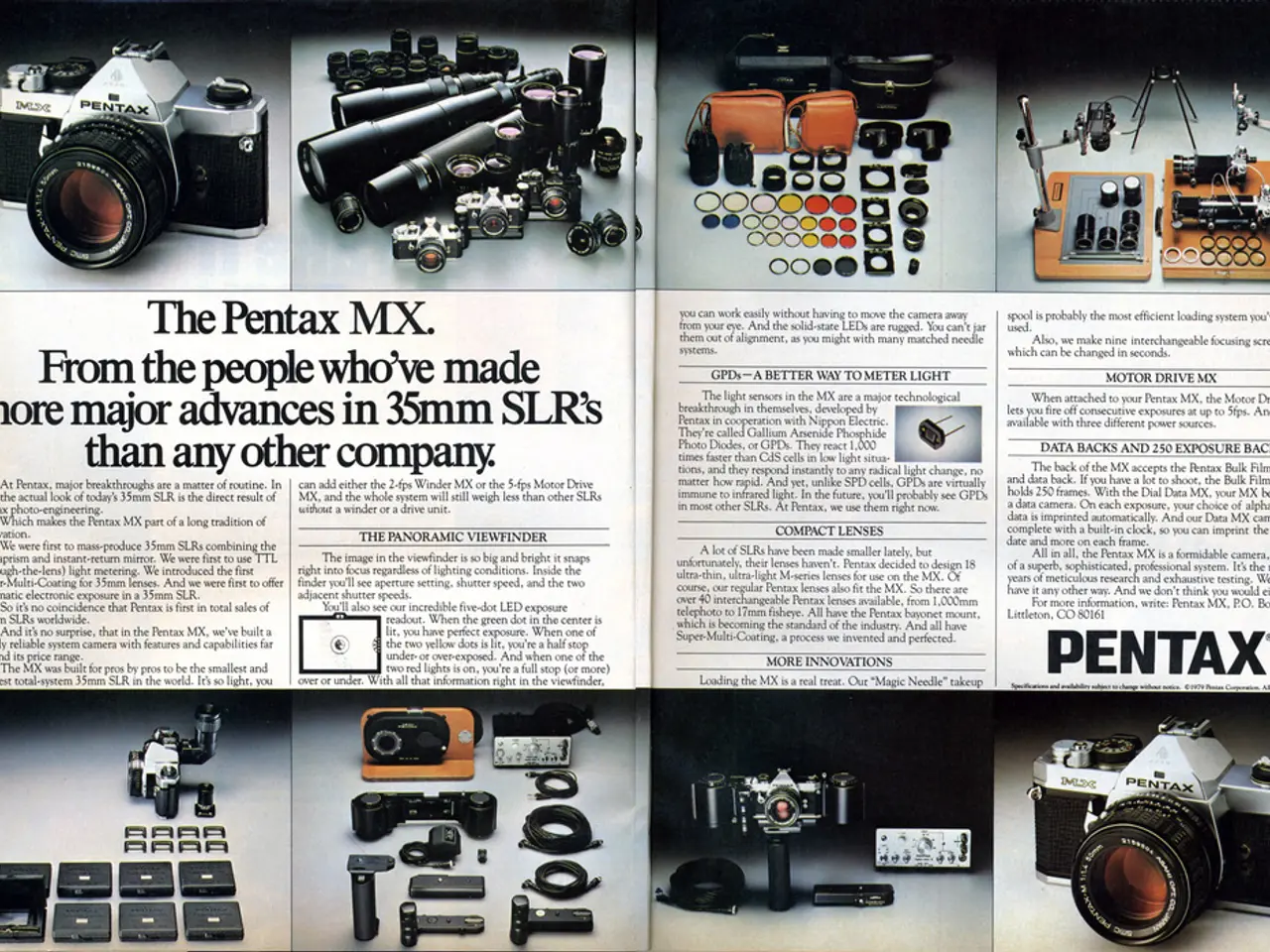Gaza Engineer's Resilience Leads to Life-Saving Medical Innovations
Mohammed, a skilled engineer from Gaza, faced a devastating blow in May 2021 when his lab was destroyed in an Israeli strike, wiping out years of work in medical innovations. Facing escalating risks, Mohammed decided to leave Gaza with his family. Despite the challenges, he continued his mission to improve healthcare in the region.
Mohammed and his team turned to local manufacturing, focusing on open-source 3D printing, to bypass the Israeli blockade on medical supplies. They achieved remarkable success, printing a $3 stethoscope that performed almost equally to a $200 instrument. Thousands of these were distributed across hospitals in Gaza.
In 2018, Mohammed and a friend were denied a Canadian visa, despite being invited to showcase their work at an international conference. Undeterred, they continued to innovate. Mohammed designed a plastic tourniquet attached to a thick belt, saving two lives in a single incident caused by Israeli bullet injuries. His team planned to launch two new projects: 3D printing custom-fitted back braces and reintroducing the manufacturing of medical gauze in Gaza.
Mohammed's resilience and ingenuity have led to life-saving innovations despite the challenges posed by the Israeli occupation and blockade. His work, including the $3 stethoscope and the tourniquet, has improved healthcare in Gaza. However, the Israeli occupation's targeting of skilled individuals and restrictions on medical equipment entry continue to hinder progress.
Read also:
- Intestinal Infection Causing Stomach Distress: Signs and Remedies
- What is the expected timing for the flu season in this current year?
- Essential Information on Cushing Syndrome: a Disorder Caused by High Cortisol Levels
- Starting in September, elderly individuals aged 75 years and above will be enrolled in a preventive program for Respiratory Syncytial Virus (RSV).





